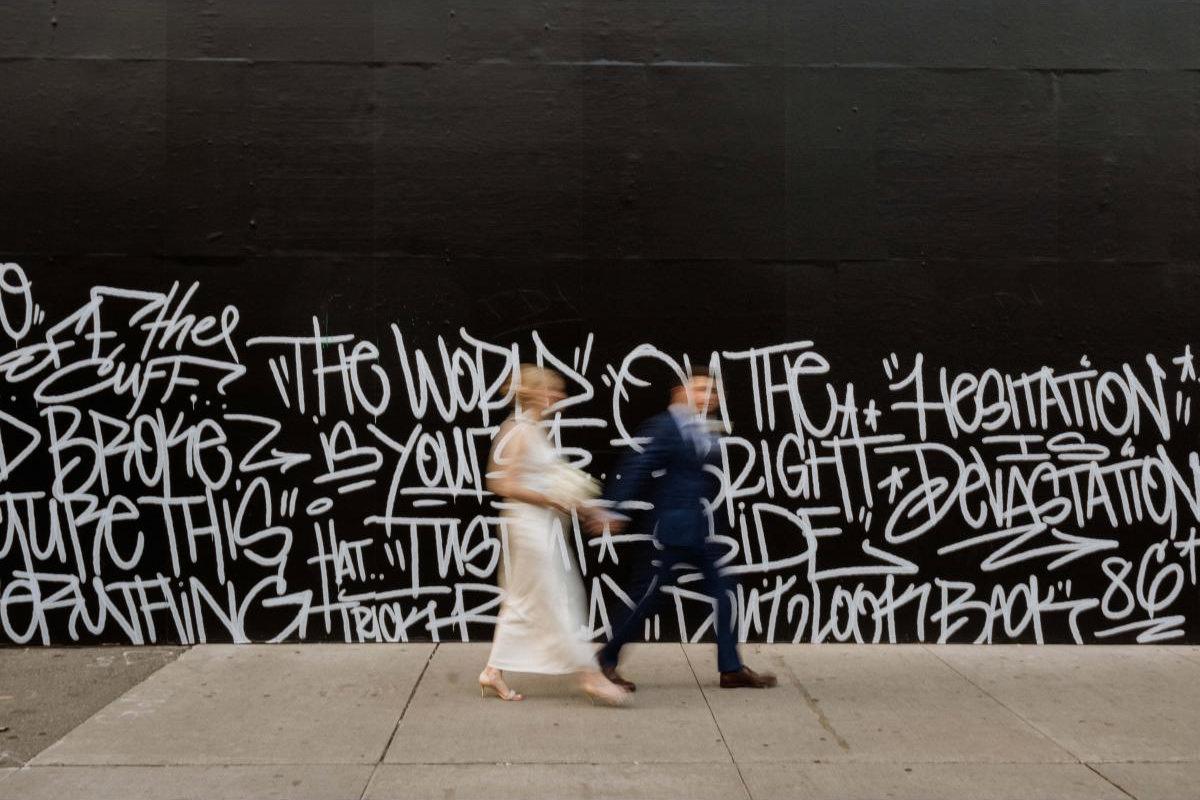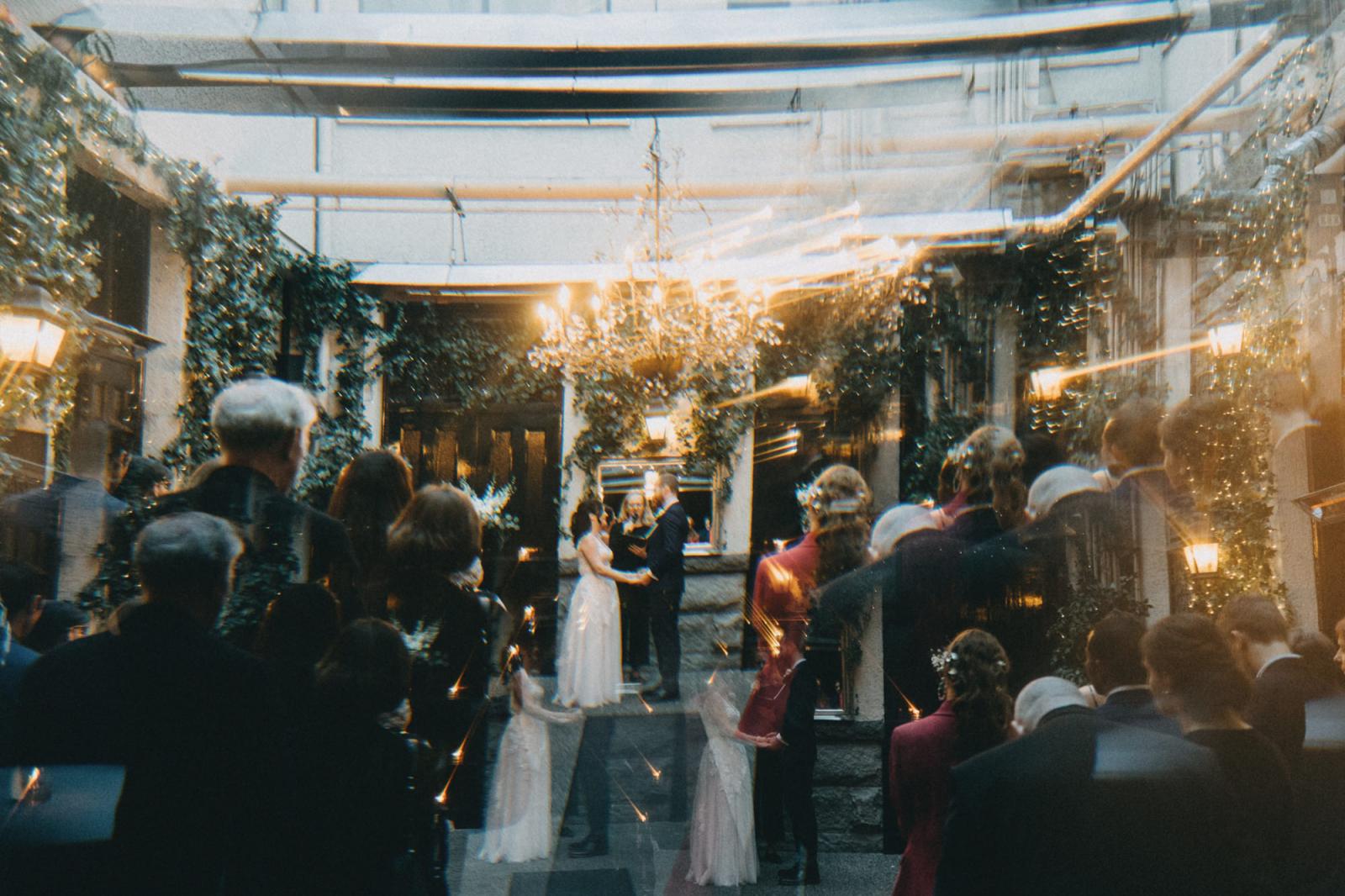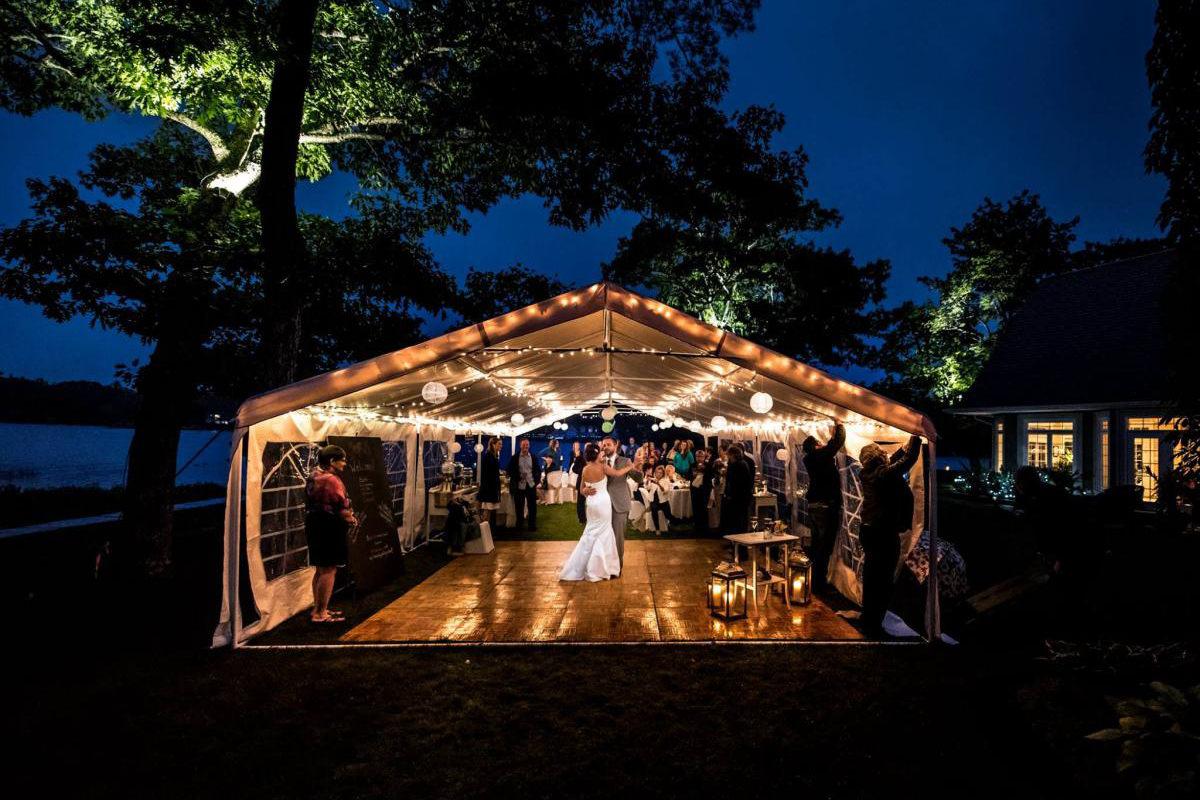It’s not just emotional—it’s chemical. Your brain on your wedding day is flooded with a complex cocktail of hormones and neurotransmitters that shape how you feel and what you remember.
If your wedding felt like a blur, you’re not alone—and you’re not broken. High-stakes emotional events like weddings trigger intense brain activity that can heighten feelings, deepen bonds, and even impair memory recall.
Here’s a breakdown of what’s happening in the brain before, during, and after the most important day of your life—and how photography plays a crucial role in filling in the blanks.

1. Anticipation and Planning: Dopamine and Reward Pathways
In the months leading up to the wedding, your brain is already responding:
- Dopamine is released as you plan, envision, and daydream—it’s the brain’s reward system at work.
- Visualizing the day can actually create real emotional experiences, strengthening neural connections.
- Social validation (via engagement parties, dress shopping, or social media likes) triggers serotonin and endorphin surges.
This is why the buildup can feel almost as emotionally charged as the day itself.
2. Ceremony Moments: The Oxytocin Peak
Key moments like the first look, walking down the aisle, saying your vows, or exchanging a touch all stimulate a huge release of oxytocin, the “bonding hormone.”
- Oxytocin deepens emotional connection, trust, and intimacy.
- Physical touch—hand-holding, hugs, kisses—intensifies the effect.
- These moments are often seared into emotional memory but not always in clear visual detail.
Oxytocin is also linked to long-term memory storage—especially for positive emotional events.

3. Adrenaline and Cortisol: Why the Day Feels Like a Blur
Despite the joy, weddings are stressful. Your brain also releases:
- Adrenaline (to heighten alertness)
- Cortisol (to manage social and emotional pressure)
This combo can:
- Narrow your focus and sharpen certain memories
- Suppress memory encoding for other parts of the day (especially transitional moments)
- Leave you feeling like "everything happened so fast" or "I barely remember it"
Photography becomes critical here—not just as documentation, but as memory reconstruction.
4. The Reception: Endorphins, Connection, and Emotional Contagion
As stress lifts and celebration begins:
- Endorphins (natural mood enhancers) are released through laughter, music, and dancing.
- Mirror neurons light up as we respond to other people’s joy—why the reception feels euphoric.
- Group rituals like speeches or first dances activate the default mode network, linking personal memory with communal belonging.
Photographs from this part of the day often carry the most spontaneous emotional expression—and feel the most “alive” when revisited later.

5. Memory Encoding: Why Some Things Stick—and Some Don’t
The brain tends to encode:
- Emotionally peak moments
- Firsts and lasts (first kiss, final dance)
- Moments that violate expectations (surprises, mishaps, or unexpected beauty)
But many other moments—especially transitional ones—are lost to cognitive overload.
This is why wedding photography often becomes the primary source of memory, shaping not just what we remember, but how we remember it.
6. The Photographer’s Role in Supporting the Brain
A skilled wedding photographer does more than take pictures:
- They recognize emotional climaxes and adjust accordingly.
- They move intuitively to capture details the couple may miss.
- They provide imagery that later serves as emotional memory triggers—strengthening neural pathways through visual reconsolidation.
Put simply: photographers help us remember what our brains can’t hold onto alone.
Related Reading in This Series:
- The Neuroscience of Wedding Photography
- Why Photographs Trigger Memory (and Emotion) So Powerfully
- How Nostalgia Works—and Why Wedding Photos Tap Into It
- The Role of Oxytocin in Love, Touch, and Remembering
- Emotional Contagion and the Power of Facial Expressions
- The Photographer as Emotional Interpreter
- What the Brain Remembers vs. What the Lens Sees